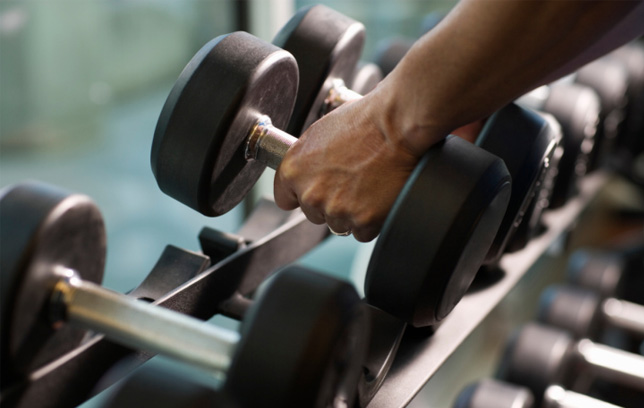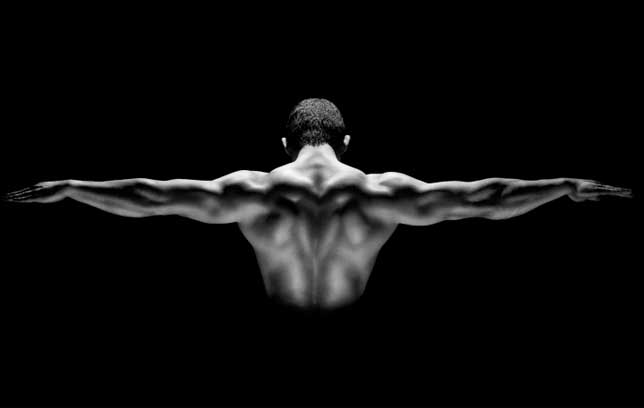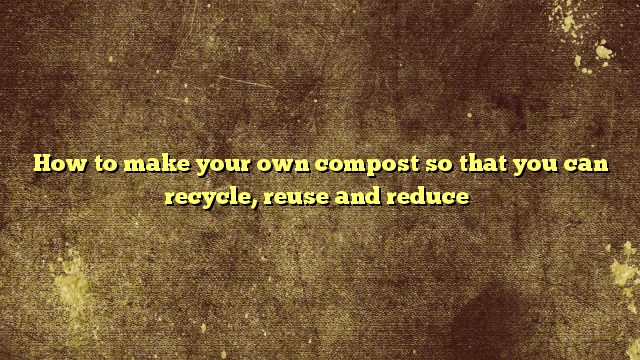
Winging a workout? We’ve all done it.
Sure, you know that following a meticulously detailed workout plan is the smartest approach. But sometimes, you just want to wing it. Maybe you forgot your plan at home. Maybe you’re between programs. Or maybe you just don’t feel like being told what to do today. No matter the reason, there is a right way and a wrong way to wing a workout. When athletes walk into the gym without a plan, they often finds themselves wandering around aimlessly between exercises or engaging in behavior that could be risky to their health. Quite simply, many people are winging it wrong.
That’s why STACK reached out to our strength and conditioning experts to put together some simple guidelines you should keep in mind whenever you wing a workout. They will allow your workout to be safe and effective, but still give you the freedom to pick and choose your own exercises. The next time you step into the gym without a plan in your hand, just remember these five easy rules.
1. Always Warm Up
This one sounds basic, but warming up can slip your mind when you’re winging it. Jumping headfirst into the meat of a workout without doing some kind of warm-up sets you up for failure. For one, you won’t be able to perform your best. Second, you’re more likely to injure yourself.
We know warming up can be boring, but you can get an awesome warm-up in a little over five minutes. And if even that sounds too time consuming, you can perform warm-up movements that activate multiple major muscle groups simultaneously, such as Inchworms. They will help you increase your warm-up efficiency and get to the fun stuff quicker.
2. Use Indicator Sets
Since you go off the dome when you wing a workout, you probably don’t have an exact number of sets and reps in mind–especially for heavy lifts like Squats, Cleans and Deadlifts.
RELATED: The Ultimate Deadlift Resource
To find the right volume when you’re winging it, use “indicator sets.” These are basically sets with an amount of weight you use to gauge how you’re performing on a given day. Work one in after you perform a few warm-up sets, just as you start getting into heavier weights. An indicator set is one that’s challenging enough for you to accurately gauge how you’re feeling, but not so tough that you flat out fail if you aren’t 100 percent.
Tony Gentilcore, performance coach and co-founder at Cressey Sports Performance, uses indicator sets when he’s winging a workout and instructs his athletes to do the same. He says, “We all know a weight we should normally crush on a lift. For me, I know when I’m warming up to my work sets on Deadlift, I can tell how good I feel when I get to 405. If it feels fast, I give myself the green light to go full speed ahead. If it feels slow and just crappy, I’ll wing it and change up my plan from there accordingly.”
So how do you find your indicator set? Odds are, you already know. It’s a set you can crush when you’re in the zone, but struggle to complete on days when you’re feeling a bit off.
Using how you feel during your indicator set as a guide, you can tweak the sets, reps and weights to se from there on out. So even though you’re winging your workout, you’ll be doing so in a way that’s in tune with how your body feels and perform a safe amount of quality work.
3. A Pull for Every Push
When an athlete is winging it, he or she is likely to perform lots of pushing exercises–Bench Press, Shoulder Press, Leg Press, Push-Ups, etc. These are usually favorites of younger athletes, and it’s only natural for them to gravitate toward them if they don’t have a workout plan. But issues can arise when you don’t also do pulling exercises (Rows, Pull-Ups, Deadlifts, etc.) to balance all that pushing.
STACK Velocity Sports Performance coach Aaron Bonaccorsy highly recommends performing at least one pulling exercise for every pushing exercise you include in a workout. “It’s all about staying balanced,” he says. “Do a push with a pull–whether it’s separate sets or supersets, you need a pull for every push.”
Bonaccorsy often has his athletes perform two pulling exercises for every pushing exercise, due to the fact many people are anterior dominant–meaning they more frequently use the muscles on the front side of their body than the back. This can cause postural and performance issues.
“A lot of athletes lack strength in their pulling muscles because they sit at a desk with their arms extended, they drive in a car with their hands in front of them, or they just flat out Bench Press too much,” Bonaccorsy says. “So especially for upper-body, doing two pulls for every one push is often a smart idea.”
4. Include a Loaded Carry
Winging a workout can lead you to focus subconsciously on the areas of your you like to work out most–usually the biceps and triceps.
RELATED: A Fast Tricep Workout for Bigger Guns!
A workout with nothing more than Curls and Tricep Push-Downs is not the best way to spend your time, so it’s always good to include some movements that target multiple muscles simultaneously.
One type of exercise that fits the bill? Loaded carries. The most popular one is the Farmer’s Walk, which is a great exercise to perform whenever you wing a workout. It hits multiple muscle groups while also raising your heart rate.
Kasey Esser, CSCS and certified personal trainer, thinks people often forget about loaded carries. He says, “Loaded carries often get overlooked due to their simplicity. But if you want to build muscle and strength while losing fat, pick up some heavy dumbbells and walk for a long distance or time.”
Farmer’s Walks activate nearly every muscle in you body. Your core, your arms, your wrists, your upper back, your lower body–they all get put to work in a Farmer’s Walk. And since all these muscle groups are working hard simultaneously–and you’re also in constant motion–your cardiovascular system gets a workout, too.
5. If You’re Short on Time, Remember: Squat, Push, Pull, Core
If you’re winging your workout but are short on time, doing exercises in a “squat, push, pull, core” circuit can create a challenging workout that doesn’t take a whole lot of time. By performing a squat variation followed by a push variation followed by a pull variation followed by a core variation, you’re sure to hit all of your major muscle groups. You’ll also prevent yourself from taking unnecessarily long rests and getting off track. Just perform this mini-outline and repeat.
Ben Boudro, owner of Xceleration Sports, often uses this format when he wings a workout. “Squat, push, pull, core–it’s a full-body approach, and it also combines exercises where you’re working the agonist and antagonist muscles one after another, so you won’t need much rest,” Boudro says. “A lot of rest can lead to a lot of distractions, especially when you’re winging it. You start checking your phone or talking and suddenly 15 minutes is gone.”
By performing these types of exercises one after another in a circuit, you hit nearly every major muscle group in your body–which sure beats blasting your biceps until your arms fall off and then calling it a day.
This article originally appeared on STACK.com as “5 Things to Remember When You Wing Your Workout.”

























No Comments